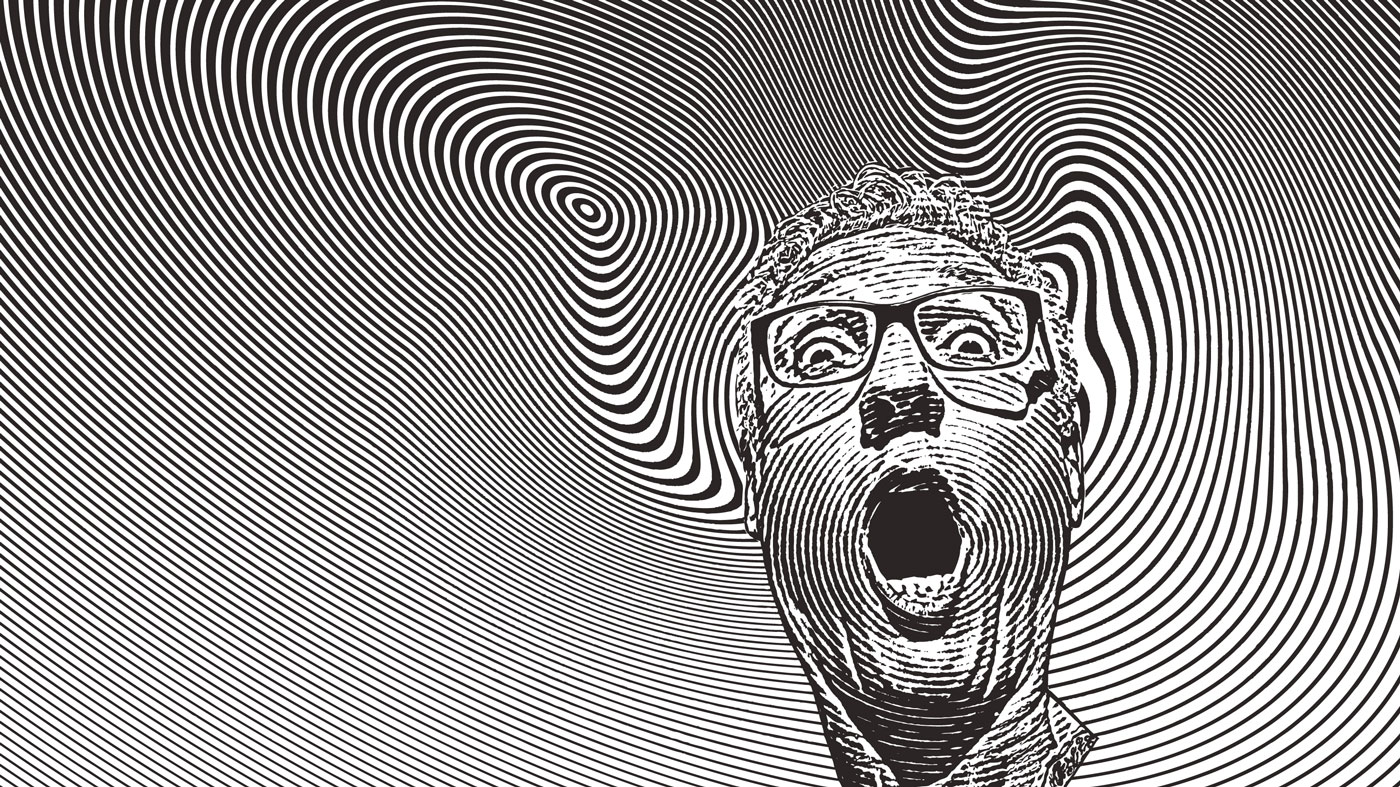The best Nintendo Switch SD cards
Get more storage for your favourite games, with the best Nintendo Switch SD card.

Buying the best Nintendo Switch SD card allows you to store more games on your Switch. But is that really necessary? Well, the Switch OLED only comes with 64GB and the basic Switch just 32GB. So given that The Legend of Zelda: Breath of the Wild needs 13.4GB of space and Mario Odyssey needs 5.7GB, the answer is probably yes.
Choosing the best Nintendo Switch SD card can be tricky, though, as they look pretty similar on paper. Basically, you're looking at a read speed of at least 60MB/s and at least an extra 64GB of space.
We list the best Nintendo Switch SD cards available today below. Once you've bought yours, check out our list of the best Nintendo Switch games and start making use of that extra space. Or, if you haven't actually bought a Switch yet, see our a regularly updated guide on where to buy the Nintendo Switch.
The best Nintendo Switch SD cards
Why you can trust Creative Bloq
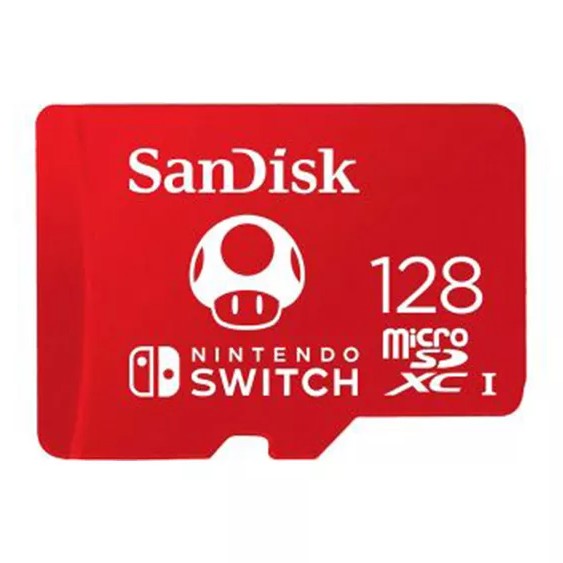
The best Nintendo Switch SD card overall
Capacity: 64GB-512GB
Transfer rate: Up to 100MB/s
SanDisk has a selection of officially licensed options with eye-catching branding from top games. With storage options from 64GB up to an impressive 512GB, the transfer rates won't keep you hanging around waiting for games to load.

Best Nintendo Switch SD card for storage
Capacity: 16GB-512GB
Transfer rate: Up to 100MB/s
SanDisk's Ultra range of SD cards are easily fast enough for loading Switch games at a speed close to what you'd get from the console's own internal storage. We'd go for the 400GB option which will hold plenty, and for an excellent price.
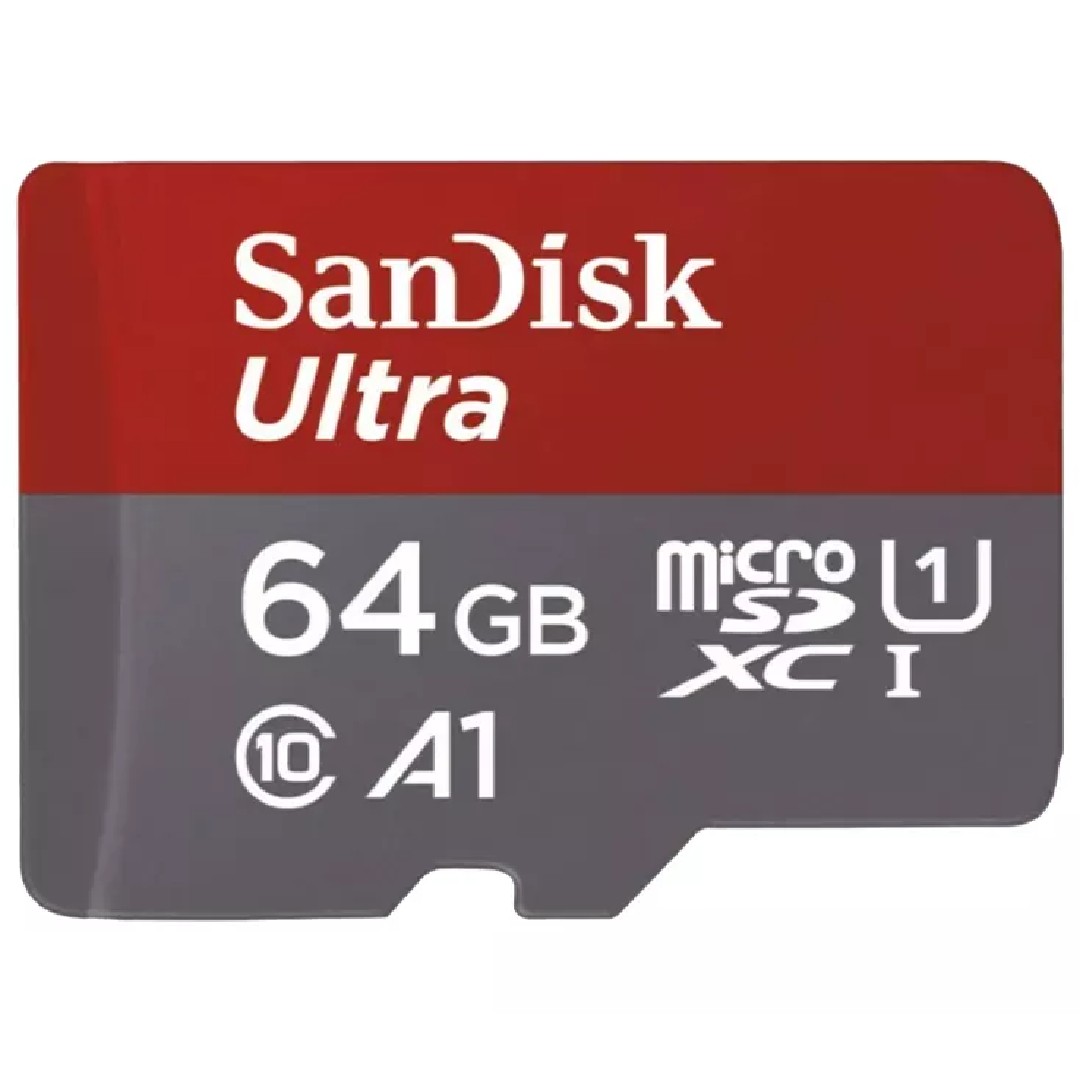
Best cheap Nintendo Switch SD card
Capacity: 64GB
Speed: 48MB/s
This SD card is very cheap, making it the perfect storage card for newbies because you can get downloading and playing for less. 64GB will store roughly six to eight first-party titles (5GB to 15GB per game) or countless indies (around 500MB per game).
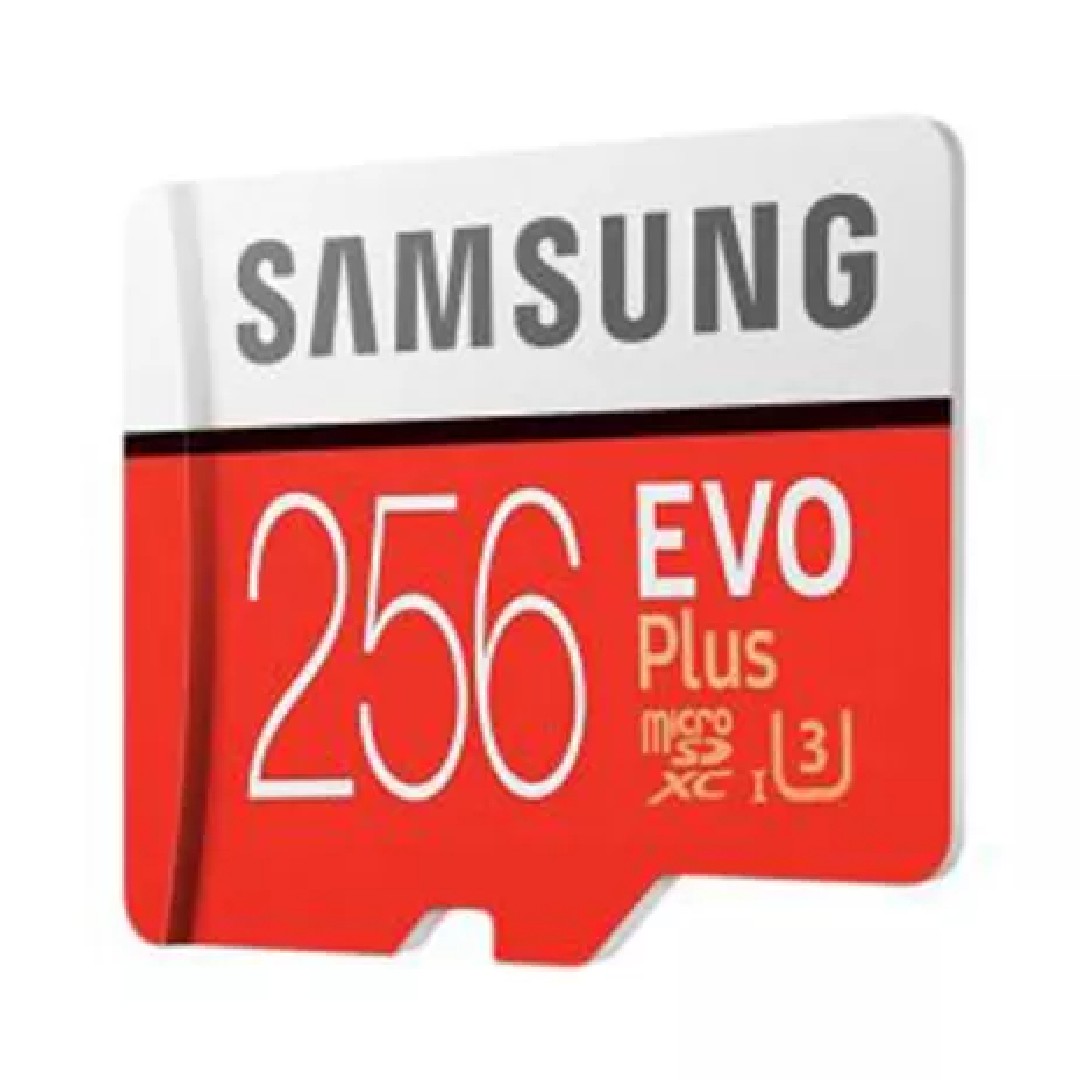
The best SD card for ruggedness
Capacity: 32GB-512GB
Speed: Up to 100 MB/s
The EVO Plus range offers fast speeds, along with what Samsung calls 4-proof protection. That means they're waterproof, X-ray proof, temperature proof and magnet proof. Bear in mind, though, that your Switch definitely isn't all four of those.
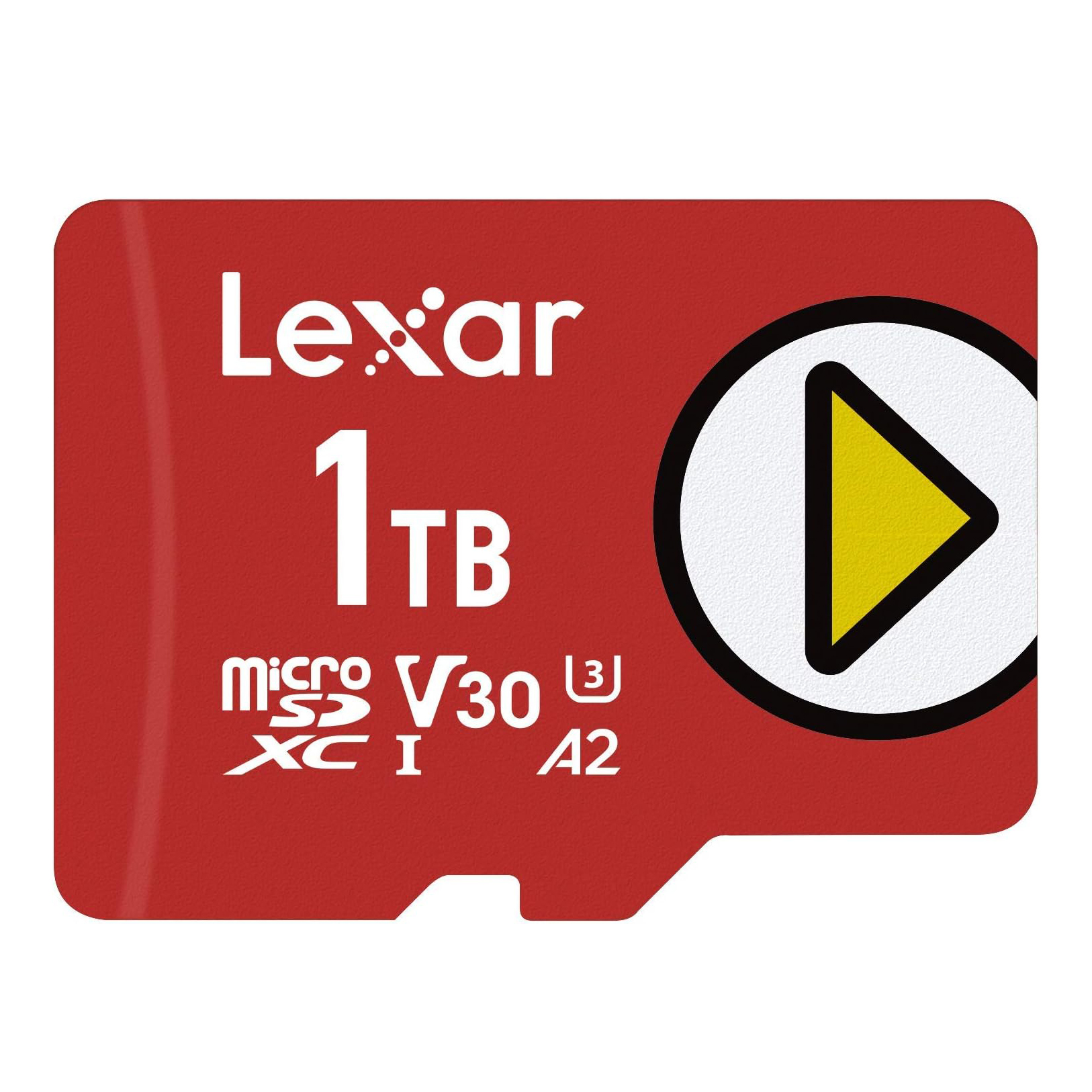
Offers large capacity and fast speeds
Capacity: 1TB
Speed: Up to 150MB/s
For a large-capacity card, the Lexar PLAY doesn't let anything slow it down. This MicroSD card has been designed for gamers with immensely fast transfer speeds and has undergone rigorous testing to ensure that it has the best performance. It's expensive, though.
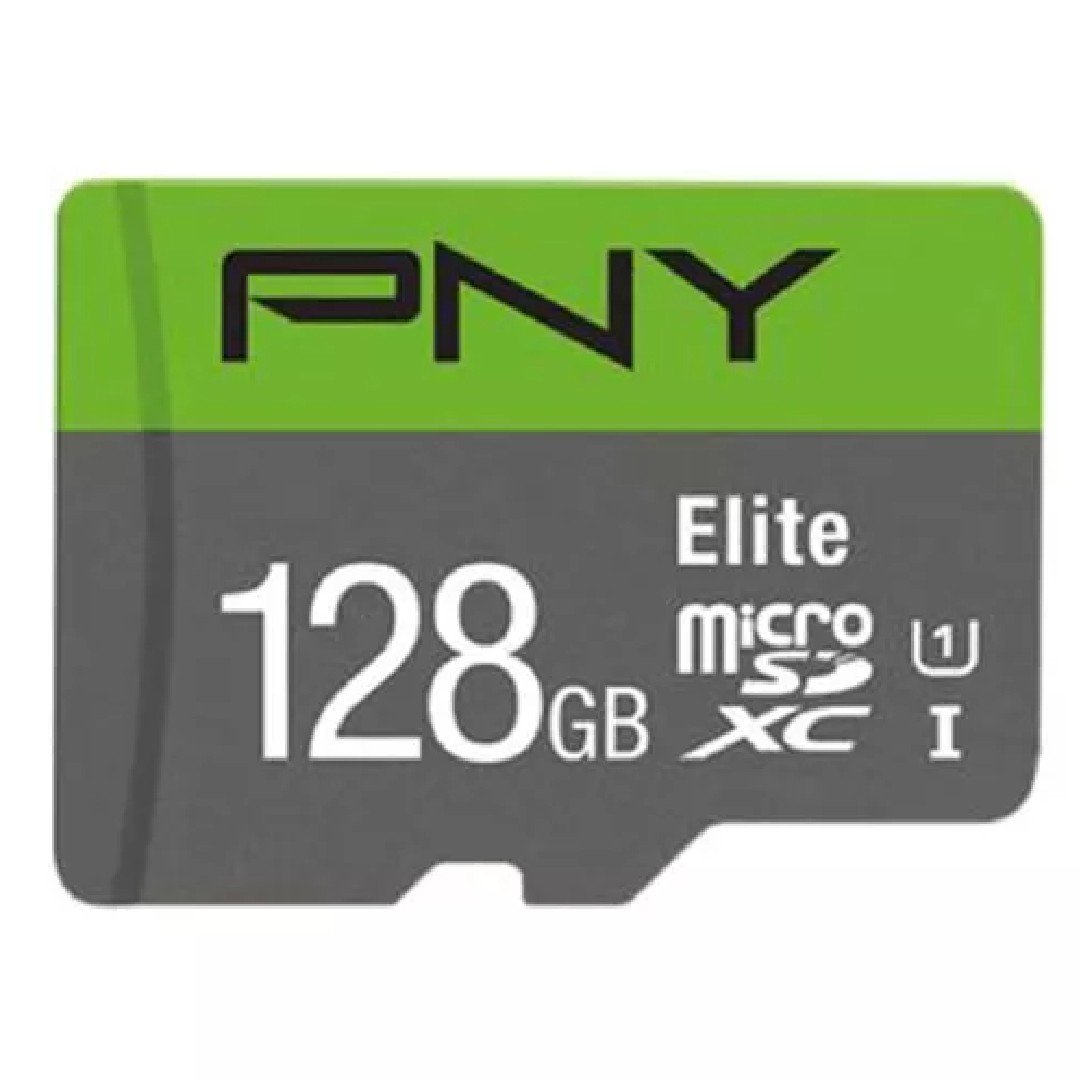
Best Nintendo Switch SD card for value
Capacity: 16GB-512GB
Speed: Up to 100MB/s
If you want to get your hands on more storage for less money then there are plenty of less recognisable names out there (although you should check out reviews before buying). This one gives you lots of fast storage for not much cash, and does the job well.
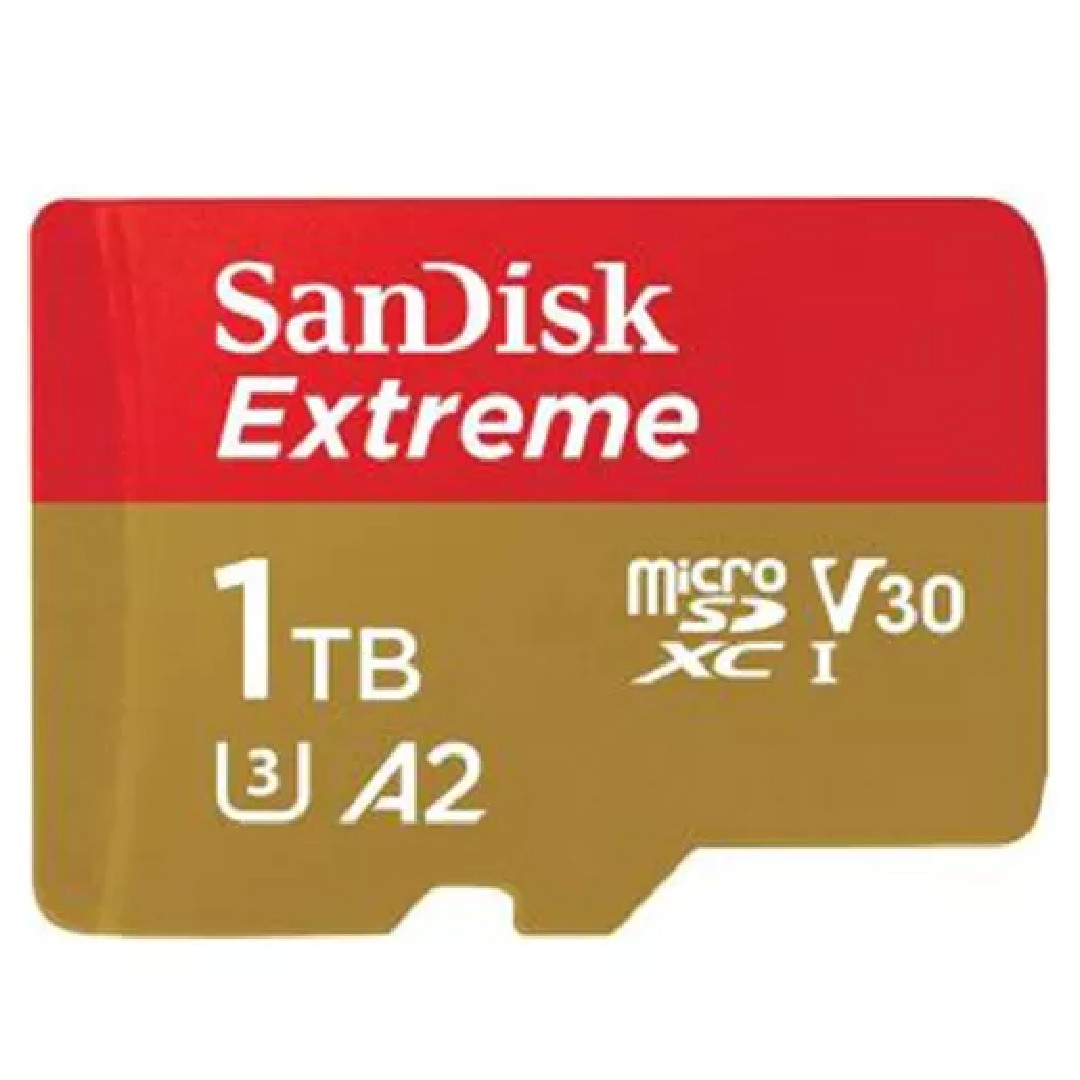
Best Nintendo Switch SD card for speed
Capacity: 16GB-1TB
Speed: Up to 160MB/s
Feel the need for speed? The fastest SD card on our list screams along at up to 160MB/s so games will load in the blink of an eye. You'll pay a bit extra for the privilege, so you might as well get the 1TB model and then you'll probably never run short of shortage.
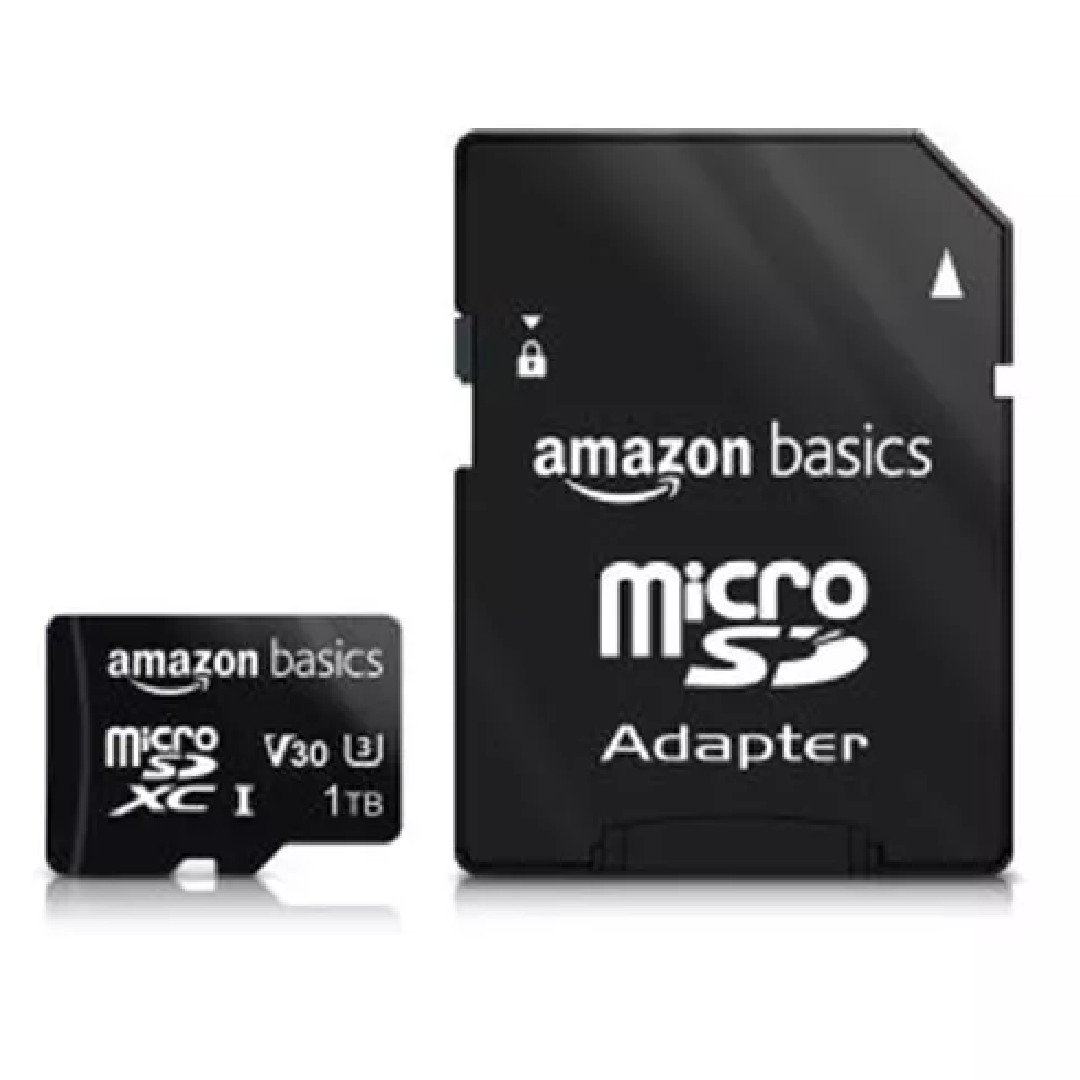
Basic but good value SD card for Switch
Capacity: 64GB-1TB
Speed: Up to 100MB/s
These SD cards from Amazon Basics are nothing to get excited about: they're simply rebranded cards bought in from Hong Kong. But they work and seem reliable enough for the job, and the price is pretty hard to resist, especially the 1TB card.

Plenty of storage at a nicely affordable price
Capacity: 16GB-256B
Speed: Up to 100MB/s
Gigastone's another brand that's new to us, but its 256GB SD card seems to be worth taking a look at. It's designed with game consoles in mind. It's nice and fast. It's also waterproof, shock-proof, temperature-proof and, yes, X-Ray proof too.
FAQs
What type of SD card does the Nintendo Switch take?
Only microSD cards are compatible with the Nintendo Switch. Both Standard SD cards and miniSD cards are too large to use with this device. That's the case whether you have the standard Nintendo Switch, the Switch Lite, or the Switch OLED model.
How much storage does a Nintendo Switch SD card need?
The level of storage you'll requires depends on how big a game library you want, basically. Most Nintendo Switch games range from 2GB to 30GB, so a 32GB card is a good starting point. For extensive digital game libraries, consider 128GB or higher.
Why do I need an SD card for my Nintendo Switch?
The Nintendo switch is a great handheld console, but the standard 32GB of storage (64GB for the Switch OLED) simply isn't enough if you like to play a lot of titles and demos. There's also the act of capturing images and screenshots to factor in, as these images can take up space in your Switch's image library, and saved game data eats up storage too.
Using a MicroSD card, you can expand the storage of your Switch with little hassle using the included slot which is built in to the back of your console underneath where the kickstand lifts up. Be careful – as when you're inserting an SD card your Switch stand can easily become vulnerable and they are prone to snapping occasionally (especially by children).
How to choose a Nintendo Switch SD card
When choosing an SD card for your Nintendo Switch, the most obvious thing to look at is how much storage it has. Simply put, the more games you want to store, the more GB you'll want. Around 32GB will be enough for some people, but those with an extensive game library will be looking more around the 128GB mark. Beyond that, consider that faster cards boast quicker loading times and smoother gameplay, so you should look for read speeds of 60MB/s or higher. Finally, if you game on the go, you might welcome water resistance or extreme temperature tolerance, which some SD cards offer.
How we test Nintendo Switch SD cards
We take testing seriously at Creative Bloq, and don't accept manufacturers' claims at face value. So firstly, we verify the advertised storage capacity using specialised software tools to scan the card. We also put benchmark software to work, to measure read and write speeds under various workloads. And most importantly, we put SD cards for Nintendo Switch through their paces in actual gameplay. From demanding AAA game to indie titles, we observe loading times, performance hiccups, and any data corruption issues when using these cards.
Daily design news, reviews, how-tos and more, as picked by the editors.

Jim McCauley is a writer, performer and cat-wrangler who started writing professionally way back in 1995 on PC Format magazine, and has been covering technology-related subjects ever since, whether it's hardware, software or videogames. A chance call in 2005 led to Jim taking charge of Computer Arts' website and developing an interest in the world of graphic design, and eventually led to a move over to the freshly-launched Creative Bloq in 2012. Jim now works as a freelance writer for sites including Creative Bloq, T3 and PetsRadar, specialising in design, technology, wellness and cats, while doing the occasional pantomime and street performance in Bath and designing posters for a local drama group on the side.
- Tom MayFreelance journalist and editor
